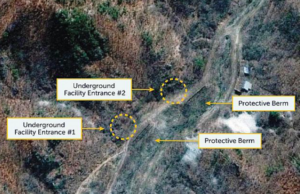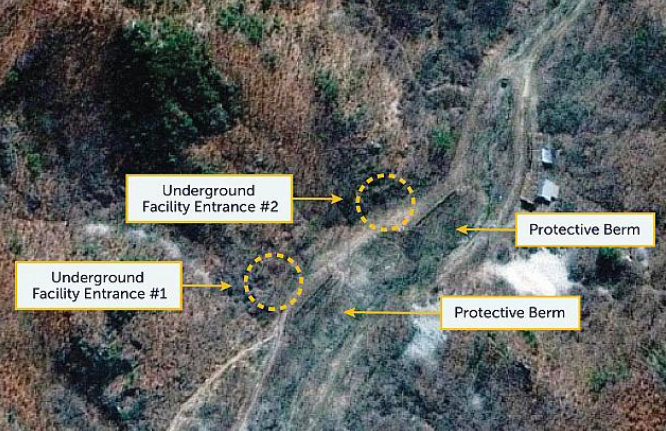The week’s hot news on Korea denuclearization was an allegation of a “great deception” by North Korea. The New York Times, relying on report from the hawkish Center for Strategic and International Studies (CSIS) in Washington, suggested that Kim Jong Un was secretly “moving ahead with its ballistic missile program at 16 hidden bases.”
The news sounded dire: Kim Jong Un had deceived Trump and is now building ballistic missiles under Uncle Sam’s nose. Shade sof the Cuban missile crisis.!
But before any crisis could brew, the Times story was shot down by a most authoritative source: South Korea’s National Intelligence Service. (NIS).
NIS reported publicly that its was already aware of the Sakkanmol missile base in North Korea, The NIS briefed lawmakers about the report in a closed-door National Assembly intelligence committee meeting on Wednesday.

According to participants at the meeting, an NIS official explained that there have been usual levels of activity at the Sakkanmol base. The official also reported that the agency has been sharing intelligence with the US about other nuclear and missile facilities as well.
A presidential spokesperson noted that there is no agreement or negotiation that makes it mandatory for the North to shut down missile bases.
The South Korea news site Hankyoreh, Tim Shorrock, a DC–based Korea correspondent, who called the Times report “deep state journalism.
Writing that the report “stretch[es] the findings” published by CSIS, Shorrock noted that the think tank “is deeply integrated with the military-industrial complex and plays an instrumental role in US media coverage on Korea” – suggesting that complex’s interests cannot be avoided in the institute’s reports on North Korea.
On the other hand, the information was, by common consent, accurate. It came from commercial satellite photography. The information came from a publicly identifiable source, CSIS, not an anonymous official or a front group.
To me the Times story was more an example of militaristic spin than a case of deep state deception. But that may be too fine a distinction to matter.
Bottom line: “Kim didn’t deceive Trump,” Jeffrey Lewis, a nuclear expert told Daily Beast, “Trump deceived himself.”



